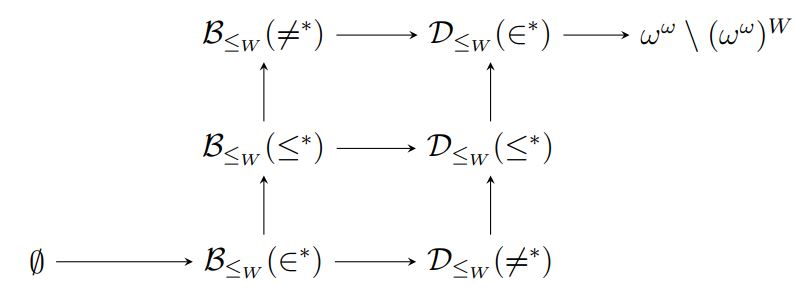Dr. Corey Bacal Switzer successfully defended his PhD dissertation, entitled “Alternative Cichoń Diagrams and Forcing Axioms Compatible with CH,” on 31 July 2020, for the degree of PhD from The Graduate Center of the City University of New York. The dissertation was supervised jointly by myself and Gunter Fuchs.
Corey has now accepted a three-year post-doctoral research position at the University of Vienna, where he will be working with Vera Fischer.

Corey Bacal Switzer | arXiv.org | Google scholar | dissertation
Abstract. This dissertation surveys several topics in the general areas of iterated forcing, infinite combinatorics and set theory of the reals. There are four largely independent chapters, the first two of which consider alternative versions of the Cichoń diagram and the latter two consider forcing axioms compatible with CH . In the first chapter, I begin by introducing the notion of a reduction concept , generalizing various notions of reduction in the literature and show that for each such reduction there is a Cichoń diagram for effective cardinal characteristics relativized to that reduction. As an application I investigate in detail the Cichoń diagram for degrees of constructibility relative to a fixed inner model
In the second chapter, I study the space of functions
The final chapter contrasts the flexibility of SCFA with Shelah’s dee-complete forcing and its associated axiom DCFA . Extending a well known result of Shelah, I show that if a tree of height







